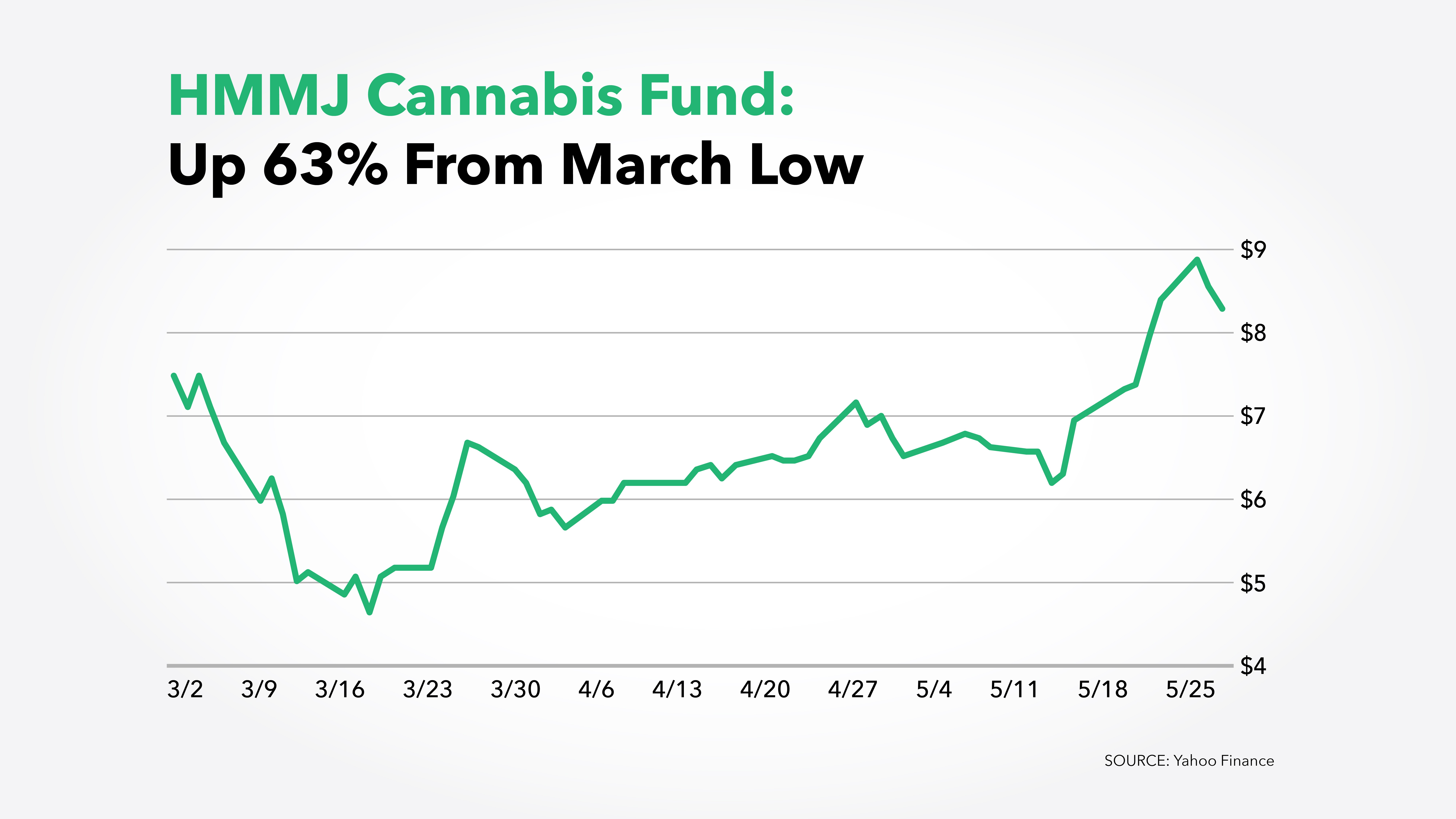Timor Invest https://ift.tt/3eKhhYV
The Canadian banks are often viewed as the safest group of stocks trading on the Canadian markets. However, we may see banks such as TD Bank and Royal Bank of Canada get hit for quite some time as they continue to set aside cash for loan loss provisions. Given the uncertainty in the banking sector, goeasy (TSX:GSY) may be setting up for a prime opportunity.
For the unfamiliar, goeasy has two business segments: easyfinancial, which offers loans to non-prime borrowers, and easyhome, which sells furniture on a rent-to-own basis. Given the tremendous increase in unemployment as a result of the COVID-19 pandemic, more individuals may find themselves turning to one of the services goeasy offers.
The company has realized the opportunity presented to it and has been pulling out all the stops to ensure consumers find its services attractive. The company has kept the goeasy community updated on how it plans to aid consumers through the pandemic. In March, goeasy instituted a doorstep delivery service to individuals interested in its easyhome business.
The decisions by management seem to have paid off for the company, as its financial performance continues to impress investors. During its earnings call on May 6, goeasy reported a record quarterly revenue of $167 million, up 20% over the same quarter last year. Its loan portfolio also grew 33% over the same period last year from $879 million to $1.17 billion. This past quarter also marked the 16th consecutive year of dividend distribution by the company and the sixth consecutive year of dividend increases. All this was during one of the most turbulent financial quarters for the broader market in recent history.
Just as impressive as its financial performance, goeasy reported that it experienced no reduction in personnel during the COVID-19 lockdowns. For comparison, Statistics Canada reported that unemployment rates soared to 13% as nearly two million Canadians lost jobs in April.
goeasy has been one of the best-performing growth stocks in Canada over the past five years. Before the COVID-19 crash, the stock has grown 310.85% since June 2015. The recent market downturn resulted in goeasy stock returning to levels last seen in Q4 2017, after falling over 60%. The company has shown resilience since reaching its bottom, growing more than 130% over the past two months.
While this stock seems like a no-brainer, investors should be warned. Because the company focuses its loans on subprime borrowers, it could be in serious trouble if its clients are unable to repay those loans. However, given the stability and growth by the company, it seems like the risk to reward is worth taking a chance on.
Time will tell if goeasy is able to continue its rapid growth; all indications seem to suggest it will. The company was recently highlighted by Motley Fool writers as a stock to watch in the coming month. Given the evidence on hand, it may be good to consider adding goeasy to your portfolio.
The 10 Best Stocks to Buy This Month
Renowned Canadian investor Iain Butler just named 10 stocks for Canadians to buy TODAY. So if you’re tired of reading about other people getting rich in the stock market, this might be a good day for you.
Because Motley Fool Canada is offering a full 65% off the list price of their top stock-picking service, plus a complete membership fee back guarantee on what you pay for the service. Simply click here to discover how you can take advantage of this.
More reading
- Top TSX Financial Stocks for June 2020
- Forget Bank of Nova Scotia: This Stock Can Make You Rich
- Keep the CRA at Bay: 3 Top Growth Stocks to Buy in Your TFSA Account
- TFSA Wealth: 3 Super Growth Stocks
- CRA: Here’s 1 Giant Tax Saver for Your RRSP
Fool contributor Jed Lloren has no position in the companies mentioned.
The post Big Opportunities Ahead for This Financial Company appeared first on The Motley Fool Canada.









 What a move, eh?
What a move, eh?



